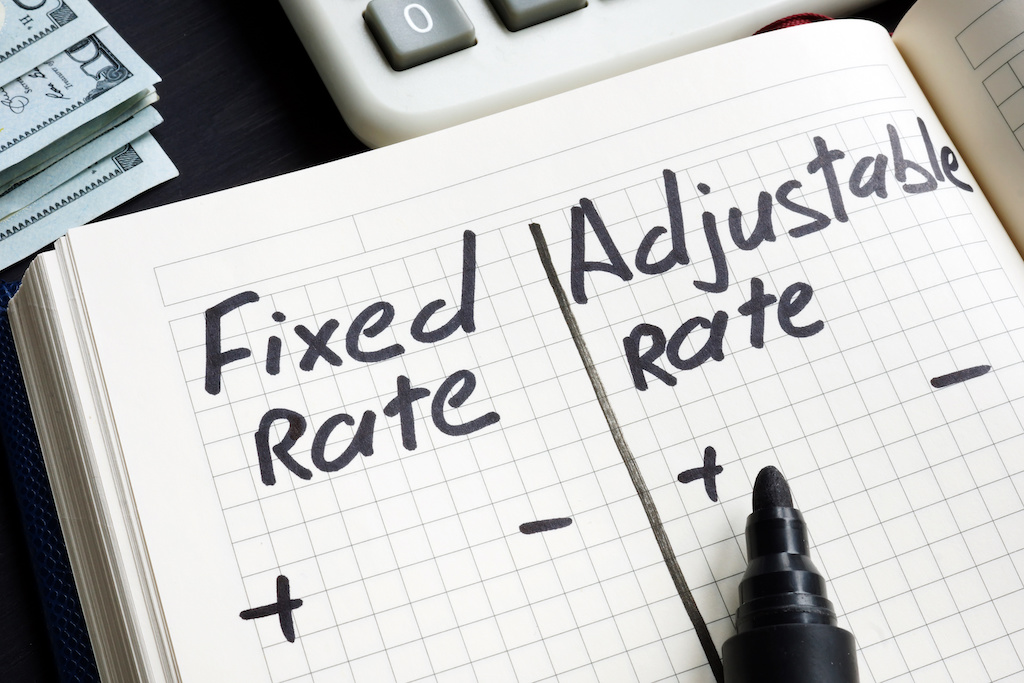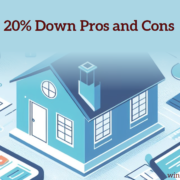ARM or Fixed Rate Mortgage: How to Choose

One of the biggest decisions you will need to make as a home buyer is whether to choose an Adjustable Rate Mortgage (ARM) or a fixed-rate mortgage. Both types of mortgages have their pros and cons, and the choice largely depends on your individual financial circumstances and goals.
Fixed rate mortgages have an interest rate that does not change for the life of the loan, typically 10, 15, 20 or 30 years. This means that your monthly payments will be the same each month through the entire loan term, regardless of market fluctuations. However, fixed-rate mortgages typically have higher interest rates than ARMs. If you plan to own your home for a long time, a fixed rate mortgage may be a good option for you as you can lock in a predictable payment for the life of the loan. A fixed rate mortgage is amortized over the same number of years.
On the other hand, an ARM offers an initial interest rate that is lower and fixed for the first 5, 7, or 10 years, making the initial monthly payment lower. After the initial fixed years, the rate will adjust every 6 months or 1 year. The rate adjustments will stop after you refinance into a new loan or sell your home. If you plan to own your home for a short period of time or anticipate lower refinance rates before the rate adjusts, an ARM may be a good option for you. There are caps and limits in place to protect you from large increases in the interest rate, including the frequency of rate adjustments, the maximum interest rate increase per adjustment period, and the lifetime interest rate cap.
An example of an adjustable rate mortgage is a A 7/1 ARM, or a 7-year adjustable rate mortgage, is a type of mortgage where the interest rate is fixed for the first 7 years and then adjusts annually for the remaining 23 years of the loan term. The amount of adjustment is based on an index such as the weekly average of the 1-year US Treasury securities adjusted to constant maturity of one year, as made available by the Federal Reserve. Another example is a 10/6-month ARM, or a 10-year adjustable rate mortgage, is a type of mortgage where the interest rate is fixed for the first 10 years and then adjusts every 6 months for the remaining 20 years of the loan term. The amount of adjustment is indexed to the 30-day Average Secured Overnight Financing Rate (SOFR), as published in the Federal Reserve Bank of New York. The initial fixed-rate period of 7 or 10 years means that your interest rate will not change during this period, regardless of any fluctuations in the market.
Here are some factors to consider when choosing between an ARM and fixed-rate mortgage:
- Your financial situation. If you plan to move within within the next few years or anticipate refinancing into a lower rate, an ARM may be a good choice. You can save hundreds of dollars each month by choosing an ARM term that matches your ownership timeframe. If you plan to own your home for a long time, a fixed-rate mortgage may be a better option.
- Your risk tolerance. If you are on a tight budget and comfortable with the risk of your monthly payments going up, an ARM may be a good option. However, if you are not comfortable with this risk and want to know exactly how much your monthly payments will be for the life of the loan, a fixed-rate mortgage may be a better choice.
- The current interest rate environment. If interest rates are expected to rise or have peaked, you may be able to get a good deal on an ARM mortgage. However, if interest rates are currently low, a fixed rate mortgage may be a better option.
If you are unsure which mortgage option to choose, it is advisable to seek guidance from a mortgage professional. They can help you evaluate your goals and circumstances, assess your risk tolerance, and provide valuable insights into the pros and cons of each mortgage option. Additionally, a mortgage professional can help you navigate the complex process of mortgage application and ensure that you get the best help possible.





Leave a Reply
Want to join the discussion?Feel free to contribute!